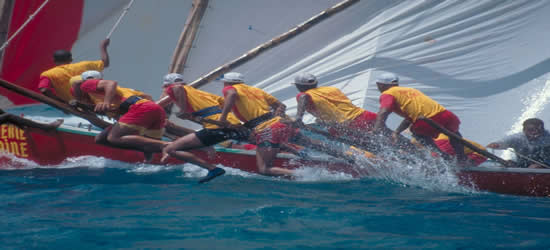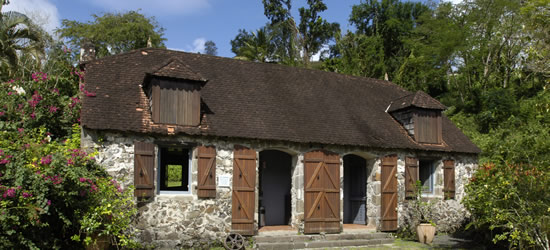A slice of France in the Caribbean, Martinique rises from a convergence of volcanoes and cane plantations. Located in the Lesser Antilles bordering east of Caribbean Sea, it’s not all that far from Porto Rico. Yet until recent times, it remained a relatively unknown island of quirky charms. Its history is not one of pleasantries, religious disagreements in late 1600s turning Martinique into a dumping ground for those who refuse to convert to Catholicism. These “heretics” turned slaves served the cane plantations existing to this day.
A concoction of historical markers denotes its painful history, most notably the Anse Cafard Slave Memorial along the southern coast. Interestingly enough, a smuggler’s hub emerged from the dubious sugar plantation of Chateau Dubuc, whose origins date back to the 18th century. Other deliberate reminders include the Bench installation within the capital city Fort-de-France, part of a series of memorials.
Lighter-toned attractions turn towards nature for inspiration. An expansive region of Martinique referred to the Island of Flowers boasts a label not unlike a national park. Featuring volcanic traces, rugged mountains and rolling valleys, as well as botanical gardens, Martinique to nature enthusiasts is like honey to bees. Recommended must-sees target Mount Pelee, Jardin Balata, Habitation Clement and Plage des Salines Beach for a well-rounded exploration.
Food is also a highlight. Dig into richly flavored chicken stew and fragrant grilled conch, capping off with locally produced rum. If alcohol is not your go-to, ask for fresh sugar cane water with a dash of lime. Fruits also make up an essential part of the Martinique diet; most likely you’ll be served mangoes, guavas, papaya and pineapple as a post-dinner snack.
































